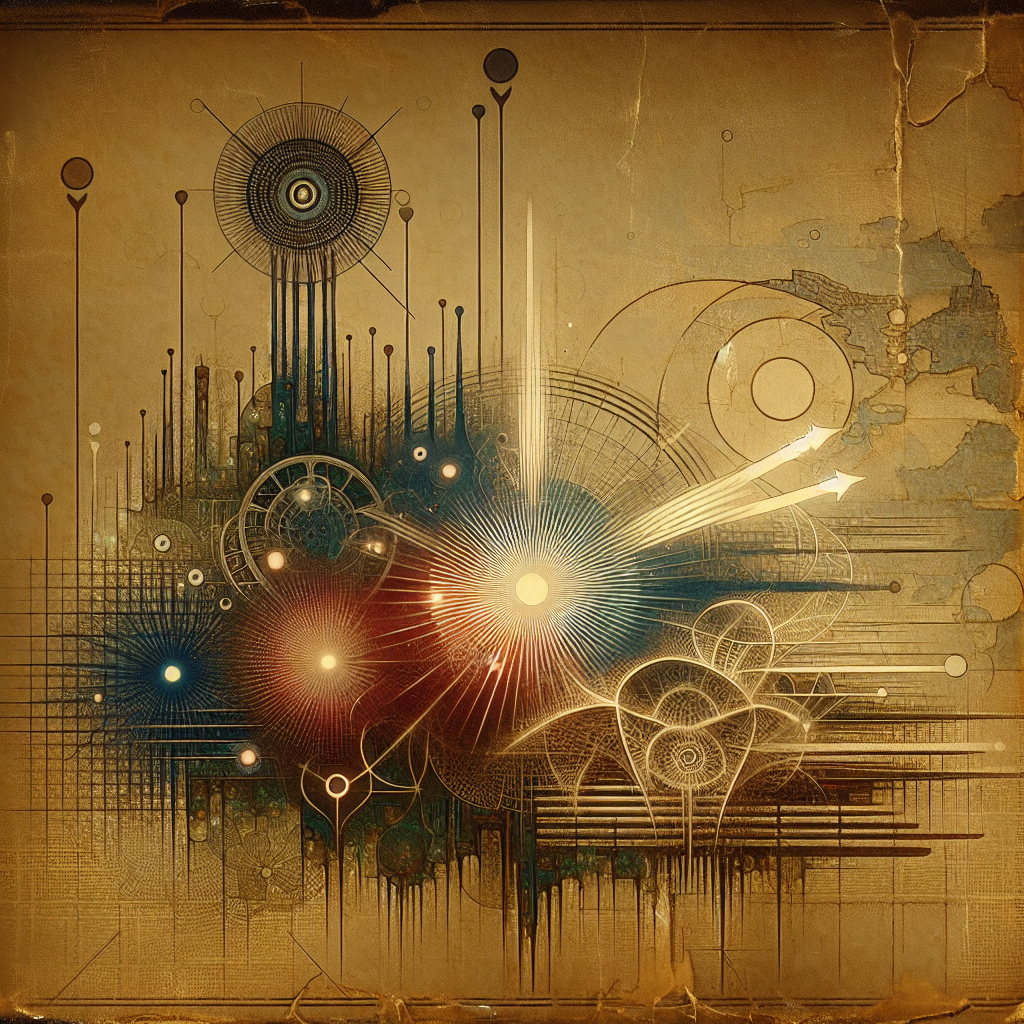What do you get when you take a beloved 80s action figure brand and catapult it into the cosmic realm of the 90s? Welcome to 'The New Adventures of He-Man'. Released in 1990, this animated series was the brainchild of Mattel, continuing the legacy of its predecessor. It painted the epic of He-Man, the famed defender of the secrets of Castle Grayskull, now set against the backdrop of outer space. This transition was a deliberate shift to re-engage audiences as the old concept of Eternia was re-imagined. Instead of the traditional medieval fantasy style, the world of He-Man was refashioned to fit a science fiction mold. He-Man is now the champion of the planet Primus, battling the infamous Skeletor, who forever hatches plans soaked in chaos and villainy. While die-hard fans had mixed feelings, this futuristic spin was designed with younger generations in mind, as they were growing up during the rise of sci-fi and space exploration themes.
Back in the day, when you had to physically be in front of a TV at a certain time to see your favorite show, this series shimmered on screens with 65 episodes. It had all the glitters of space-age adventure, complete with new allies and adversaries. The creators kept the core essence of He-Man intact: the power of good triumphing over evil, though now He-Man's sword fought laser beams rather than medieval warriors. Initially, the show's concept might have seemed a bit jarring for original fans of 'He-Man and the Masters of the Universe', who cherished the magical and mythical essence of Eternia. Yet, it drove into a territory that resonated with new audiences and reflected a world keen on progress. As the culture of MTV and neon colors influenced youth, He-Man’s evolution into a flashier, high-tech setting mirrored the zeitgeist.
Critics and fans alike offered polarized views, and that’s completely fair. To those who cherished the rudimentary nature of Eternia, these adventures seemed like a leap away from their comfort zone. It was as if their anchors were pulled up without consent, as they were tethered to nostalgic values. Yet, observing it from the perspective of a wider audience, it’s clear that the team behind this adaptation sought to bridge gaps. They embraced the buzz of the futuristic vision that was sweeping across media at the time. The challenge was to maintain the integrity of a heroic character amidst drastic narrative pivots. Sure, Skeletor looked less garish, and the stakes were more than just Castle Grayskull, but that kept the storyline fresh and relevant as times changed.
Viewing the show through today's lens, streaming services and resurged interest in vintage content allow Gen Z to assess and appreciate it independently. There's an unspoken connection with this generation, known for their progressiveness and embrace of diversity. 'The New Adventures of He-Man' was, in a sense, trying to diversify its appeal, albeit way before modern discourse caught on with current movements in entertainment. If He-Man can onboard starships and sci-fi absurdities, this embodies adaptability—a trait not unfamiliar to Gen Z.
While skeptics might view the series as a metaphorical side note in the legacy of He-Man, its contribution to the franchise can't be sidelined. Despite the varied reception, a mashup of myth, monsters, metal, and melody made it unique. The legacy of He-Man is not solely rooted in swords and sorcery but in its ability to morph and shift to reflect current cultural tides. This series, while imperfect to some, was part of the journey to globalize the universe of He-Man, making it palatable for varying tastes.
In today's context, conversations about reboots versus originality reign in media. Just like how He-Man entered a new dimension, content now has a limitless slate. There is a space for everything from nostalgic revivals to the emergence of new characters and stories. 'The New Adventures of He-Man' was, in reality, a prototype for bridging old with new over different mediums. It’s a moment in media history that stirs retrospection, asking whether this march towards modernization really fits every legacy. For Gen Z, predisposed to exploring old classics with fresh eyes, this might prompt deeper discussions on how previous generations perceived cartoons and hero narratives. To question how tales evolve when broadened to a different cultural pitch is exciting. Maybe, there's a newfound respect to bridge tradition with transformation.
The switch of settings in He-Man's world mirrored an overarching theme of progress. It exemplifies the love for sequences that adapt rather than stagnate, a lesson that holds significance in any context. Watching these vintage heroes adapt doesn't just mean simple entertainment; it forms a bridge, teaching newer audiences about legacy adaptations. In every change, there lies an echo of the past, quietly harmonizing with the music of the future. And that’s worth exploring further.

